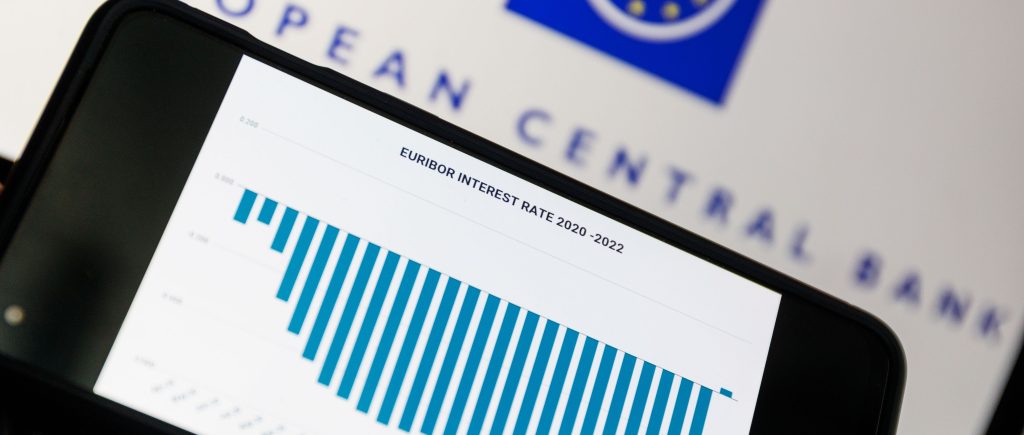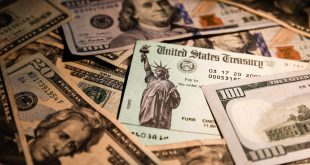Next week will witness policy meetings by the US Fed, BoE, and the ECB. Investors and traders anticipate rate hikes of 50 basis points as a hint that the Fed will keep rising rates. A 50 bp rate hike for the following week is all but guaranteed, according to analysts who still expect the ECB can fine tune to 25bp hikes starting March’s meeting, but the stronger outlook and wage pressures could be delaying this and ignite upside risks.
With Lagarde’s most latest remarks with the ECB’s decision to stop providing forward guidance in favour of a meeting-by-meeting strategy, conveying this message will be more challenging. Last but not least, analysts do not anticipate the quantitative tightening criteria to raise many eyebrows, but multinational debt might receive a sort of favourable treatment.
The ECB has already stated that it will begin quantitative tightening at a rate of €15 billion per month without engaging in active sales. When it comes to redemptions, economists do not anticipate the ECB to favour any of the APP programmes or the sovereign issuers when it comes to redemptions.
Due to a largely sideways movement of oil prices worldwide and a significant decline in European power and fuel prices, economists expect energy prices to continue to fall in January.
However, the decline in electricity and fuel prices will probably only have a dampening effect on energy prices in the medium to long term, due to the longer-term supply contracts and price commitments to households. In contrast, we expect a somewhat delayed decline in food prices and core inflation.
What the ECB Governing Council will say about the next course of action will be more interesting. If there are any changes from the December’s rhetoric, the markets’ attention will be on those revisions. Although hawks still retain the upper hand, they are no longer given complete freedom. Hawks at the ECB are still in control. The ECB’s hawks are still controlling the policymaking process, but they no longer have complete discretion when it comes to early indicators of easing inflation. The focus will be on the track to be followed in the aftermath of the 50bp hike, which will be discussed at the meeting next week.
ECB had put in place ‘significant further rate hikes’ at a ‘steady pace’. This was a clear indication that a 50bp rate hike was likely, at least for the February meeting. Since then, however, there have been mixed messages from members of the Governing Council about what might happen aftereards.
While some members were clearly in favour of an unchanged pace, there were also voices that brought a 25bp hike into play at the March meeting. A preliminary flash estimate of inflation in the Eurozone in January will be released on February 1. Inflation dropped to 9.2% y/y in December, primarily as a result of a decrease in the dynamics of energy prices. In contrast, food inflation and core inflation picked up again slightly.

 Noor Trends News, Technical Analysis, Educational Tools and Recommendations
Noor Trends News, Technical Analysis, Educational Tools and Recommendations



